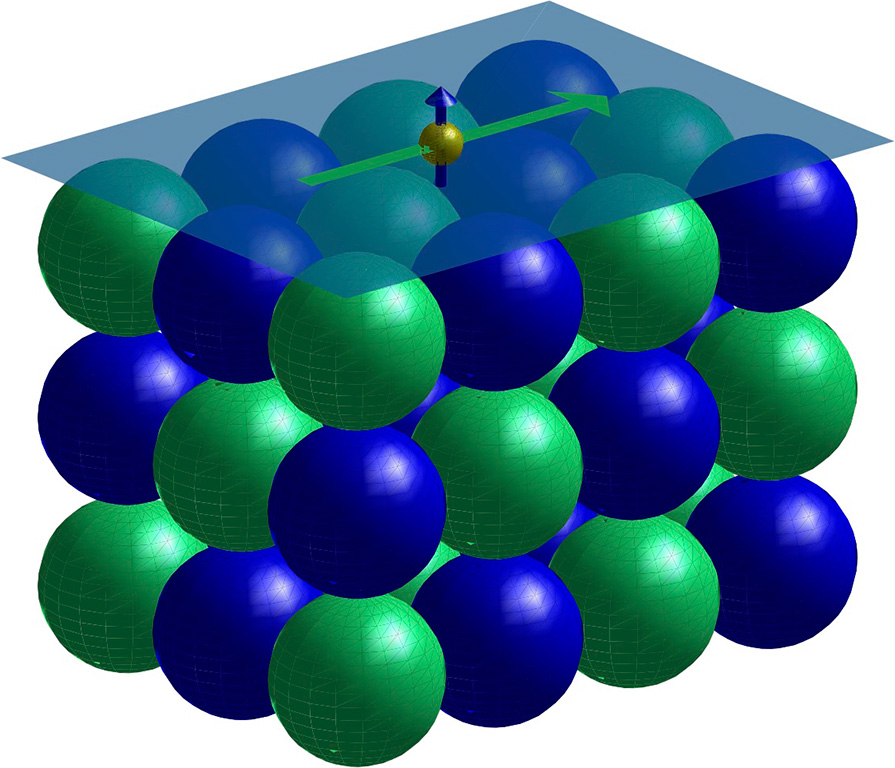You Can Have Your Conductor and Insulator, Too
Scientists synthesized a theoretically-predicted material with unusual current-carrying properties that could open the door for next-generation electronics.

The Science
By carefully tuning the chemical composition of a particular compound, researchers have created a “topological crystalline insulator,” whose bulk acts as an insulator but whose surface conducts electrical currents through a process that is related to the coupling between the motion and spin of electrons.
The Impact
Combining a topological insulator with a superconductor could enable the design of advanced materials with broad potential application in semiconductor electronics and computing, including novel approaches such as spintronics and quantum computing.
Summary
Scientists discovered a compound that exhibits the true properties of a topological crystalline insulator, with unusual electronic conduction at the surface but no conduction within the bulk. Theorists have predicted the possibility that certain materials might behave as topological insulators, in which electronic conduction can only take place at the surface by electrons whose spin and momentum are coupled. This coupling has the favorable property of protecting the moving surface electrons from backscattering by imperfections in the material. Because, ideally, the bulk of the sample is insulating, a current flowing along a sample could only involve spin-polarized surface electrons that are protected by such quantum mechanical coupling. Experimentalists have synthesized a number of compounds that exhibit the predicted topological surface states; however, so far these materials were found to be non-insulating in the bulk, presumably due to atomic-scale defects that are difficult to control. Now, a group of researchers at Brookhaven National Laboratory have discovered a new material (In-doped Pb1−x SnxTe) that truly exhibits the predicted properties, with no conduction within the crystal’s interior. This discovery could allow for electronic devices that manipulate electronic spin instead of charge and enable tremendous energy savings.
Contact
John Tranquada
Brookhaven National Laboratory
jtran@bnl.gov
Funding
Work at Brookhaven National Laboratory, including research at the Center for Functional Nanomaterials and the NSLS user facilities, was supported by the U.S. Department of Energy, Office of Science, Basic Energy Sciences; I.P. is supported by the Army Research Office MURI on Topological Insulators.
Publications
R.D. Zhong, X. He, J. A. Schneeloch, C. Zhang, T.S. Liu, I. Pletikosic, Q. Li, W. Ku, T. Valla, J.M. Tranquada, and G.D. Gu, “Surface-state-dominated transport in crystals of the topological crystalline insulator In-doped Pb1−xSnxTe.” Physical Review B 91, 195321 (2015). [DOI: 10.1103/PhysRevB.91.195321]
Related Links
Highlight Categories
Performer: DOE Laboratory , SC User Facilities , BES User Facilities , NSLS , CFN
Additional: Collaborations , Non-DOE Interagency Collaboration



